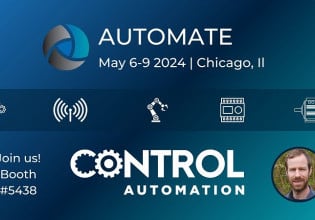R
Hey there,
I am a final year student in Electronic Engineering, and my project involves the control of two Independence but similar Brushless DC Motors (with one microcontroller, preferably an AVR Atmega). I was planning on using the hall sensors for each motor as an input to the micro and then determining switch pulses corresponding to the motors independently. Has anyone here had any experience in doing such a thing? I was also keen on implementing a PI controller for the scheme, but am having trouble knowing exactly how I would do so.
Help and comments much appreciated.
Cheers
I am a final year student in Electronic Engineering, and my project involves the control of two Independence but similar Brushless DC Motors (with one microcontroller, preferably an AVR Atmega). I was planning on using the hall sensors for each motor as an input to the micro and then determining switch pulses corresponding to the motors independently. Has anyone here had any experience in doing such a thing? I was also keen on implementing a PI controller for the scheme, but am having trouble knowing exactly how I would do so.
Help and comments much appreciated.
Cheers






